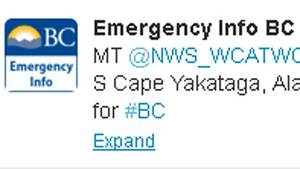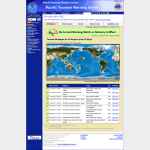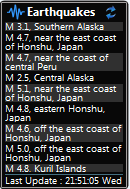 Super Typhoon Haiyan (Yolanda in the Philippines) made morning landfall November 07, 2013 at Guiuan, a small city in Samar province in the eastern Philippines. The U.S. Navy’s Joint Typhoon Warning Center said maximum sustained winds were 195 mph, with gusts to 235 mph.
Super Typhoon Haiyan (Yolanda in the Philippines) made morning landfall November 07, 2013 at Guiuan, a small city in Samar province in the eastern Philippines. The U.S. Navy’s Joint Typhoon Warning Center said maximum sustained winds were 195 mph, with gusts to 235 mph.
As many of you readers now know, I am living in the Philippines where a tsunami is NOT rare, but the biggest worry here are typhoons and earthquakes, the latter being what sparked this article.
On October 15 this year, 2013, we experienced the biggest earthquake1 I have ever felt in my life. The following data is taken from the Philippine Volcano website:
Date – Time Latitude Longitude Depth Magnitude Location
(Philippine Time) (ºN) (ºE) (km)
15 Oct 2013 – 08:12 AM 09.86 124.07 012 7.2 006 km S 24° W of Sagbayan (Borja) (Bohol)
This was approximately one hundred and twenty (120) kilometers (about 75 miles) northeast (NE) from us and they say we felt it like a magnitude 6.0 earthquake. I would hate to feel anything stronger! The house shook and rattled, and the ground rolled just like in the movies. For hours afterwards our sensory organs for balance were out of kilter – you felt like a drunk might feel heading home from an all night party!
Now this brings me back to the subject – How do you prepare for an earthquake or tsunami? As you never know where you will be at the time of the event, all you can do is prepare for BEFORE and AFTER the event. Continue reading Preparing for an Earthquake and/or a Tsunami




